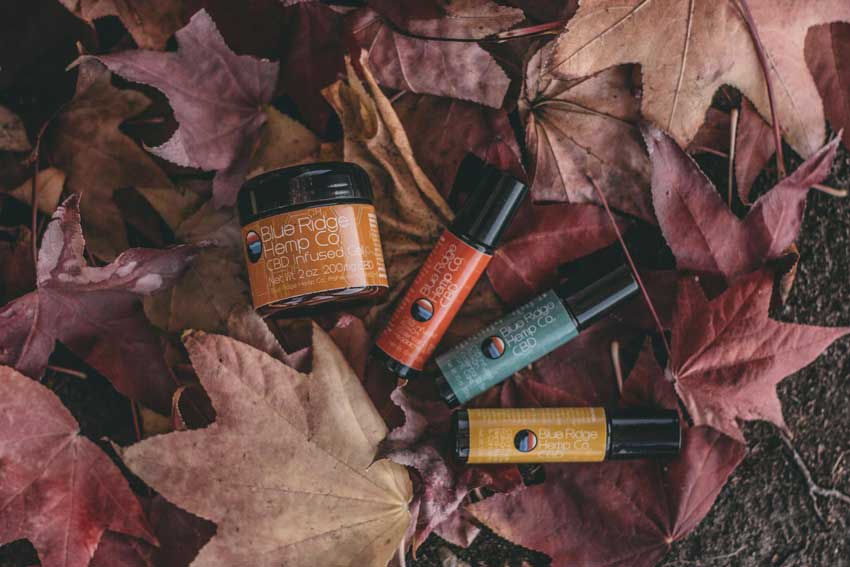Bird's Eye View Photography: Everything You Need to Know
Updated on
Bird's eye view photography is a captivating technique that can help you capture stunning, unique images. This style involves shooting from a high vantage point, revealing patterns, textures, and details that are hidden when you're on the ground. Whether you're photographing sprawling landscapes, intricate city layouts, or winding roads through the mountains, a bird's eye view offers a perspective that most of us don't get to experience directly. Thus, in this post, let's explore everything you need to know about bird's eye view photography, including its definition, shooting techniques, tips, and more.
Bird's Eye View Photography Definition
Bird's Eye View Photography is a type of photography where the camera is positioned high above the subject, capturing an overhead or top-down view. It's like looking down at the world from a bird's perspective, giving you a unique and fascinating perspective. Here are some examples:
- A picture of a forest taken from an airplane.
- A photo of a city from the top of a tall building.
- A picture of a playground taken from a drone up in the sky.
- A beach is seen from the top of a cliff.
- A portrait of a person lying on the grass, taken from above.
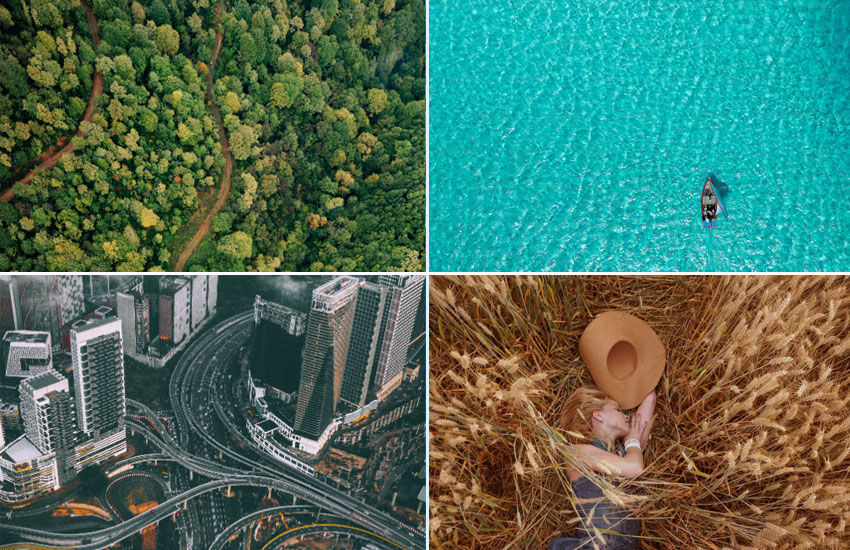
Birdseye views Are Low Quality (Pixelated, Blurry, etc)?
Elevate Your Bird's-Eye View Photos to Crystal-Clear Masterpieces! Capturing bird's-eye view shots can be challenging, often resulting in low-quality images due to several factors. Haze from poor weather conditions, loss of detail and sharpness from distance, and soft edges or corners from wide-angle lenses can all detract from the overall quality of your photos. Luckily, now you can easily enhance this with Aiarty Image Enhancer. This AI-driven image enhancer and upscaler uses deep-trained AI, allowing you to clear noise/blur and other imperfections in your photography while enhancing even finer details. Better yet, you can upscale your image to up to 32K stunning resolution for unparalleled clarity.
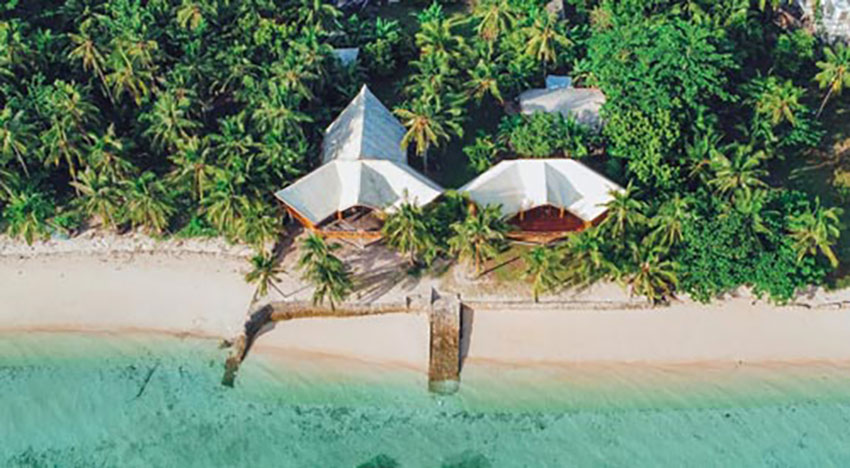

How to Shoot Bird's Eye View Photos
Bird's eye view photography is often associated with large-scale scenes such as cityscapes or natural landscapes, typically captured from an airplane. However, this style of photography is not limited to aerial shots and can be applied to a wide range of subjects, whether you're shooting indoors, outdoors, or from the sky. Then how to shoot bird's eye view photos, keep reading to know.
1. Fry a Drone
Drones are a popular choice for capturing bird's eye view shots. They offer unique perspectives and are incredibly versatile. For stunning aerial photography and videography, consider an affordable and lightweight drone like the DJI Mavic Mini. Remember to follow local regulations and prioritize safety when flying drones.

2. Mount Your Camera on an Extendable Device
Using an extendable device is a simple way to capture bird's eye view shots without needing a drone or physically elevating yourself. For outdoor or on-the-go photography, a monopod or tripod is a great option. Just extend it to its full height, tilt your camera down, and use the self-timer for a hands-free shot. In a studio, a boom or jib arm offers more stability and control for smooth, overhead shots, allowing you to move the camera in a sweeping motion.
If you're using a smartphone, a telescoping pole (like a long selfie stick) can easily raise your phone for a quick bird's eye view shot. For even more creativity, try a 360-degree camera mounted on an “invisible” selfie pole. This captures everything around you, letting you choose your favorite angle later in post-production, giving you the flexibility to reframe your shots from a single capture.
3. Stand Above Your Subject
Standing on a chair, ladder, or even the hood of a car can give you the height you need. This is particularly useful for flat lays, food photography, or portraits. Just make sure you're safe and stable before attempting the shot, and always be cautious when using higher or less stable surfaces. Using natural or man-made structures like cliffs, rooftops, or towers can be a free and practical way to achieve bird's eye shots. These elevated positions provide a stable vantage point for capturing landscapes or city scenes. It's a simple method that doesn't require specialized equipment, but always be sure to prioritize safety when accessing high places.
4. Have Your Subject Lie Down
An easy way to achieve a bird's eye shot, especially in portrait photography, is to simply stand over your subject. Have them lie down and look up while you position yourself directly above them. This technique is perfect for creative portraits or fun, relaxed shots, as it gives a unique perspective without needing extra equipment. Be mindful of where your shadow falls to avoid interference with the image.
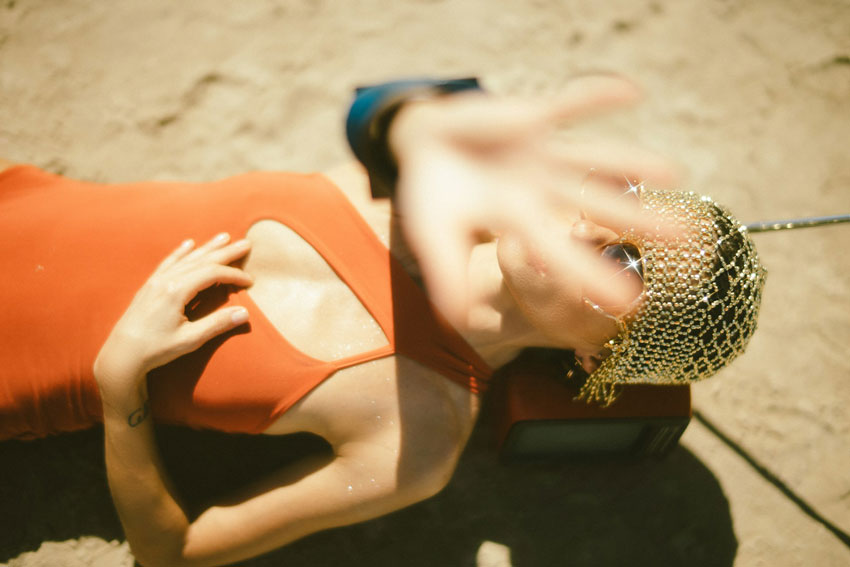
Tips for Great Birds Eye View Photography
Use Strong Compositional Techniques
When capturing bird's-eye view shots, employing strong compositional techniques can elevate the impact and visual appeal of your images. Here are some intentional strategies to consider:
- Leading Lines: Look for lines in your scene, like roads, rivers, or fences. These lines guide the viewer's eye through the photo. They create a sense of depth and make the image feel more dynamic.
- Foreground Framing: Add something interesting in the foreground, like tree branches or buildings. This helps fill the bottom of your frame and gives the photo depth, making it feel more three-dimensional.
- Rule of Thirds: Imagine your photo is divided into a 3x3 grid, like a tic-tac-toe board. Place important items along the grid lines or where the lines meet. This makes your photo look more balanced and visually appealing.
- Symmetry and Patterns: From above, you can spot beautiful symmetrical shapes and patterns, like fields or city layouts. These can be eye-catching focal points in your photo, making it more interesting to look at.
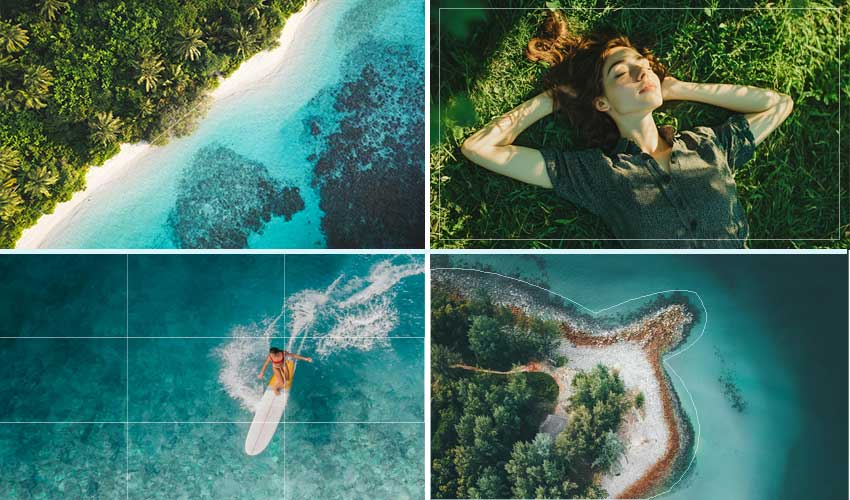
Shoot in RAW Format
Shooting in RAW format is highly recommended for bird's eye view photography due to the greater editing flexibility and image quality afforded by uncompressed files. RAW provides more headroom to adjust exposure, shadows, highlights, colors, and finer details - crucial for tricky lighting when shooting from elevated angles. The increased dynamic range also better captures high-contrast scenes.
Scout Locations in Advance
Scouting locations ahead of time is highly recommended for effective bird's eye view shots, whether outdoors or inside buildings and cityscapes. It allows you to find ideal elevated vantage points, secure necessary access, assess lighting conditions, plan camera angles/compositions from above, and identify potential obstacles or logistical needs.
Play or Avoid with Shadows
Pay attention to shadows when shooting from up high. Dramatic shadows can actually improve your pictures by adding depth and interest. Try capturing long, slanted shadows cast by buildings or trees over city plazas or parks - this creates intriguing geometric patterns on the ground. However, for detailed close-up shots like products or architectural models, harsh shadows may hide important parts of your subject. In those cases, use softer lighting to minimize distracting shadows. The key is deciding if shadows will help or hurt the specific shot you're going for. Use them intentionally to create a desired mood or effect.
Add Depth with Foreground Elements
Adding foreground elements is a valuable composition technique for creating more visually compelling bird's eye view images. Without a foreground anchor, overhead scenes can appear flat or lack a sense of scale. Intentionally including elements like architectural details, tree branches, or even the photographer's gear in the bottom portion instantly adds depth and perspective, grounding the image while leading the viewer's eye into the rest of the scene behind it.
Use Fast Shutter Speeds
When shooting bird's eye view photography, it's generally recommended to use faster shutter speeds to avoid blurry or soft images. Here are some typical shutter speed guidelines:
- 1/500th second or faster: This is a good minimum shutter speed to ensure sharp images when shooting from an elevated position like a building, crane, or aircraft. Even minor camera shakes can be exaggerated and cause blur at these heights.
- 1/1000th second or faster: If there are moving subjects in the scene below (cars, people, etc.), increasing to 1/1000th second or higher will help freeze motion and prevent ghosting or trails.
- 1/2000th second or higher: For windy conditions when shooting from unstable platforms like cherry pickers or helicopters, ratcheting up to 1/2000th second or above will compensate for vibrations and camera movements.
The exact shutter speed needed depends on factors like lens focal length, wind, platform stability, and your personal hand-holding abilities. Using a monopod or tripod allows slower speeds.
Bird's Eye View Photography Examples
While bird's eye view photograph is often used in nature, landscapes, urban exploration, abstract, and travel photography, it has many other creative applications. Here are some examples:
A Group of Friends, Kids, Etc
Two or more individuals, whether close friends, family, or other beloved relations, lying on the ground with their heads together, creates a beautiful display of unity and symmetry.
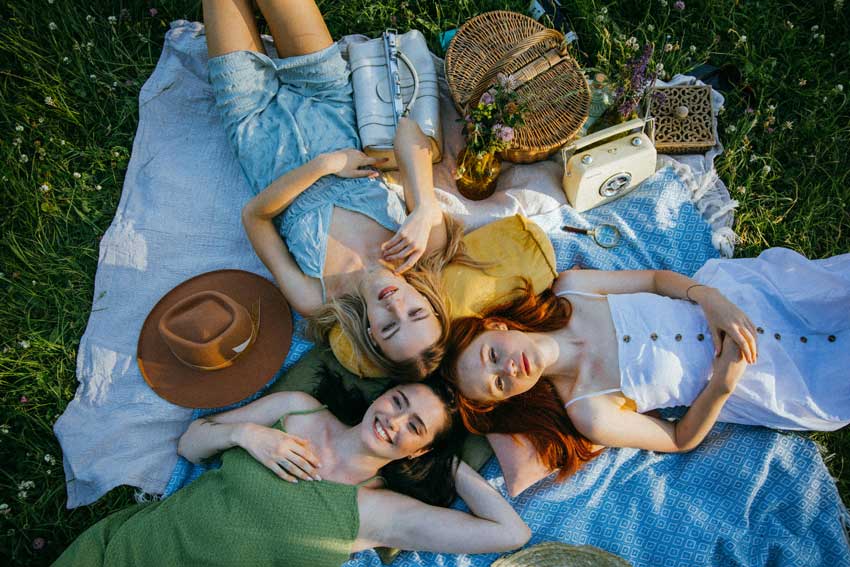
An Adorable Cat
For instance, a cat sprawled on a patterned rug, looking up at the camera. This angle highlights the contrast and harmony between the cat and its surroundings.

Joyful Scenes
Families and friends come together, talking and laughing over delicious meals. Glasses are clinked in celebration of cherished bonds. The dishes are beautifully arranged, and the overhead perspective makes their presentation look like art. These bird's eye view shots offer a fresh angle on life's special moments – warmth, laughter, togetherness and enjoying good food and drink.

Product Photography
Overhead shots of products highlighting their design and features. This method is popular in advertising and e-commerce for its clear and attractive presentation. More on how to take product photos >>
